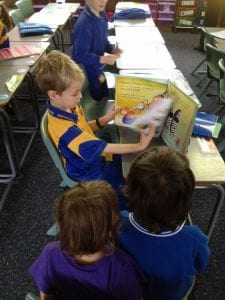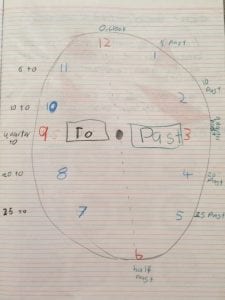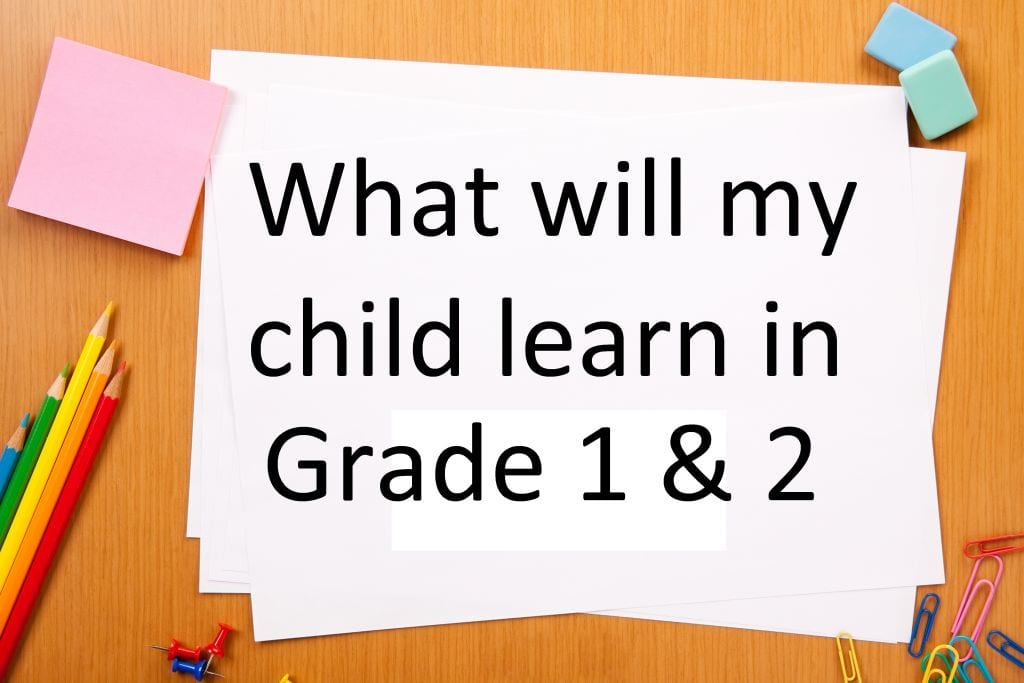What children learn in Grade 1 and 2 in Queensland schools is based on The Australian Curriculum, Assessment and Reporting Authority (ACARA). There are eight learning areas (subjects) held within ACARA and it strives to provide a modern curriculum for every student in Australia.
Included in the content of learning areas are seven general capabilities intended to help prepare young children to learn, live and work in the 21st century.
The Australian Curriculum is designed to develop:
- successful learners
- confident and creative individuals
- active and informed young people who are ready to take their place in society.
It sets the goal for what all students should learn as they progress through their school life. There are three cross-curriculum priorities that are also a focus across the learning areas throughout all grades.
Learning in Grade 1 and 2 in Queensland Schools
Schooling is compulsory in Queensland for children aged 6 years and 6 months to age 16. Queensland’s implementation of the Australian Curriculum applies proven teaching and assessment practices and focuses on improving student achievement. In state schools this is guided by Every student succeeding – State Schools Strategy 2014-2018 You will also hear state school teachers talking about the C2C (Curriculum to Classroom). The C2C provides a comprehensive set of curriculum and assessment planning materials which Queensland schools adopt or adapt to meet their students’ needs and to fit their local context. Thus, there is flexibility for schools to create a vibrant curriculum based on local topics and those that interest the children in their classroom.
English in Grade 1 and 2
The English curriculum for Years 1 and 2 places a strong focus on the development of literacy. Students listen to and enjoy texts that entertain, inform and persuade, such as picture books, non-fiction and film. Students grow into more independent readers, learn to create a range of different texts and become more confident when they communicate.
Typically, students will:
- Listen to, read, view and talk about simple information books, stories, films and some online texts
- Independently read books and discuss what they have read or viewed with other students, teachers or family members
- Sound out or recognise words
- Use simple punctuation, such as capital letters and full stops
- Write about their experiences, tell a story or talk about topics they have covered in the class
- Spell a number of common words correctly and write in sentences
- Add pictures to what they write
- Produce their texts using computers or other devices
- Listen and give talks to the class about a topic they are interested in develop readable handwriting.

Mathematics in Grade 1 and 2
Mathematics in Years 1 and 2 places a strong focus on the development of numeracy. Students are introduced to mathematical symbols and language to communicate and explain mathematical ideas; they pose basic mathematical questions and develop simple strategies to investigate and solve simple problems.
Typically, students will:
- Describe number sequences and locate numbers on a number line
- Represent simple fractions using pictures
- Learn about Australian money
- Describe and draw shapes and objects, and use units to measure length
- Learn to tell the time from an analogue clock, and use a calendar to determine the date
- Describe the outcome of a chance event
- Collect and investigate data collected from simple problems.


Health and Physical Education in Grade 1 and 2
Students start to learn more about themselves and explore their abilities. Through physical play with and without equipment, they learn skills like problem-solving and persistence, and become more confident and cooperative.
Typically, students will:
- Practise what to do and how to get help when they feel uncomfortable or unsafe
- Talk about similarities and differences in families
- Talk about actions that make the classroom a healthy, safe and active place
- Recognise and practise various emotional responses
- Learn simple movement skills and understand how their body reacts to physical activity
- Learn to take turns, share equipment and include others in games and activities.
Humanities and Social Sciences in Grade 1 and 2
In Years 1 and 2, experimentation, practice and play in personal and familiar situations aim to harness students’ curiosity about people, places and how things work, to make sense of their world and develop history and geography knowledge and skills.
Typically, students will:
- Investigate family life now and in past generations, and how families are diverse
- Investigate natural and human-made features of places, how the world is represented on maps, and students’ connections to other parts of the world
- Explore changes in their lives and their environment, such as change of seasons and how people celebrate
- Explore how technology affects people’s lives at home, work, play and in other ways, now and in the past.

Science in Grade 1 and 2
In Years 1 and 2, students learn to investigate by observing and exploring the world around them and by posing and answering questions. They learn to organise their observations, look for patterns and make predictions about their world.
Typically, students will:
- Learn about living things and the environment; look for patterns that occur in life cycles of living things
- Explore how they can change or combine everyday materials
- Examine how light and sound are produced
- Investigate simple systems, including water systems, in our environment and how these affect the way we use water.
The Arts in Grade 1 and 2
Through various art forms, students, independently or in groups, participate to express and reflect their growing understanding of the world. They begin to learn arts technical skills.
Typically, students will:
- In Dance, dance alone and with others, being aware of the space and people around them
- In Drama, engage in role play and act out plays based on stories from the community
- In Music, listen to and create music and discuss how it makes them feel
- In Media Arts, discuss media images of characters and settings in community stories
- In Visual Arts, explore a variety of materials to create and display their art works for others to view.
Technologies in Grade 1 and 2
Through exploration, design and problem-solving, students learn how digital and other technologies work and how to create solutions with technologies.
Typically, students will:
In Design and Technologies
- Design and safely make a product, for example, create a musical instrument using recycled materials
- Explore how food and clothing are produced and how food can be prepared for healthy eating
In Digital Technologies
- Represent data as pictures, symbols and diagrams Break down a problem into parts and sequence the steps in finding a solution, for example, controlling a toy with digital technologies.
Languages in Grade 1 and 2
Students may have an opportunity to learn a language other than English.
Typically, when learning the language, students will:
- Use simple words and phrases to respond to instructions and participate in shared learning experiences with visual support,
- Read simple phrases and sentences that have familiar vocabulary, and write some words and simple sentences.
- Gain insights into other cultures and ways of relating to the world.
Wondering what your child will be learning in Year 3 and 4. Check out our article here.


